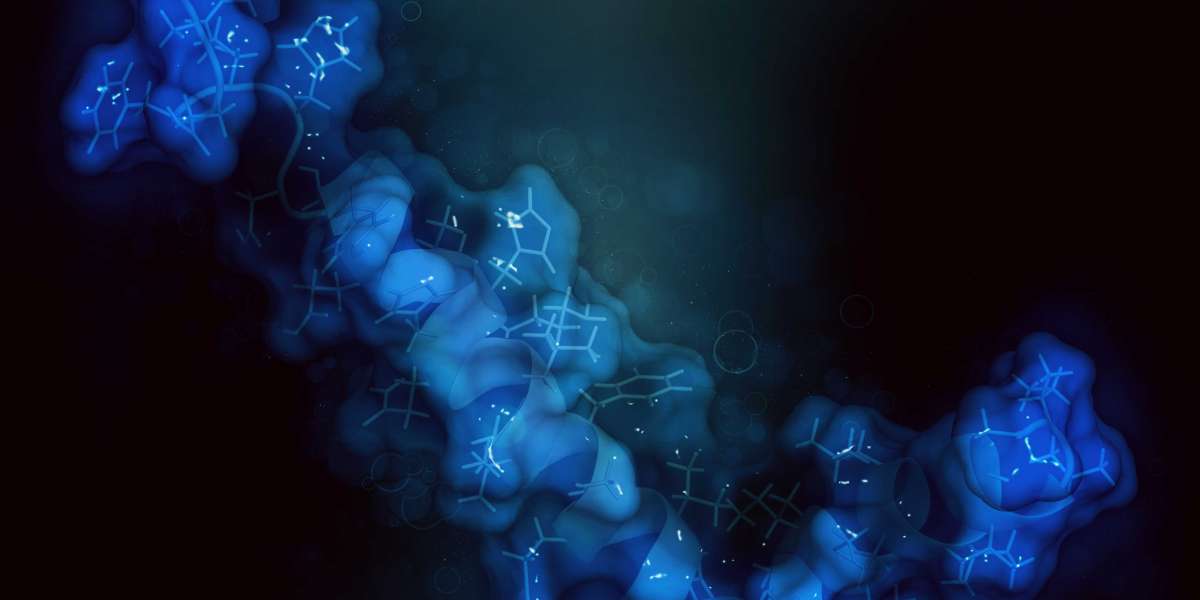Fluorescence assays have become indispensable tools in the field of electrophysiology, especially when examining the dynamics of ion channels. These assays leverage innovative techniques such as membrane potential dyes or Förster Resonance Energy Transfer (FRET)-based voltage sensors to assess changes in fluorescence caused by dye relocation. This relocation occurs in response to either depolarization or hyperpolarization of the membrane potential triggered by ion channel activation or inhibition.
The Mechanism Behind Fluorescence Assays
At its core, a fluorescence assay works by utilizing specific dyes that are sensitive to changes in membrane potential. When the membrane potential of a cell shifts, either becoming more positive (depolarization) or more negative (hyperpolarization), these dyes move within the lipid bilayer. This movement alters their fluorescence properties, enabling real-time monitoring of ion channel activity.
Membrane Potential Dyes: These dyes exhibit fluorescence changes correlated with membrane potential. When ion channels open (due to depolarization, for example), the dye integrates into the membrane differently compared to a closed state, thus causing a measurable change in fluorescence intensity.
FRET-based Voltage Sensors: FRET is a technique where energy transfer occurs between two fluorescent molecules (donor and acceptor). In the context of voltage sensing, as the membrane potential changes, the spatial relationships between these molecules shift, leading to alterations in the efficiency of FRET. This change can be quantified and translated into voltage changes across the membrane.
Applications in Ion Channel Screening
The ability to monitor fluorescence changes has transformed ion channel screening, enabling efficient High Throughput Screening (HTS) of ion channel modulators. This technology allows researchers to systematically evaluate the effects of various compounds on ion channel activity under controlled conditions, thereby accelerating the drug discovery process.
Key applications include:
Drug Discovery: Fluorescence assays are pivotal in identifying new drug candidates that target specific ion channels, which play vital roles in numerous physiological processes and diseases.
Mechanistic Studies: Researchers can utilize fluorescence assays to elucidate the mechanisms of drug action on ion channels, helping to understand how certain compounds modulate channel behavior.
Safety and Toxicity Testing: The ability to monitor real-time changes in ion channel activity allows for the assessment of potential off-target effects and toxicities of compounds during early-stage drug development.
Designing Effective Screening Programs
To ensure optimal results from fluorescence assays in ion channel screening, a well-thought-out approach is essential:
Program Design: Developing clear objectives and guidelines for the HTS program is crucial. This includes identifying key ion channels of interest and the desired outcomes of the screening process.
Optimization of Assays: Each assay must be meticulously optimized to ensure sensitivity, specificity, and reproducibility of results. This may involve selecting the appropriate dyes and configuring experimental conditions to suit the specific ion channels being studied.
Data Analysis and Interpretation: Meaningful data interpretation is critical. This requires sophisticated data analysis techniques to discern true biological signals from background noise, allowing researchers to draw reliable conclusions about ion channel behavior.
Timelines: Maintaining client-driven timelines while ensuring thorough research and validation of results is essential for successful project outcomes.
In conclusion, fluorescence assays utilizing membrane potential dyes and FRET-based voltage sensors are vital in the study of ion channels. The ability to measure fluorescence changes provides a powerful method for understanding the intricacies of ion channel modulation, paving the way for advancements in drug discovery and therapeutic interventions.







